3 Great Ways to Increase Jobsite Productivity
Written by Megan Hamilton
October 7, 2022
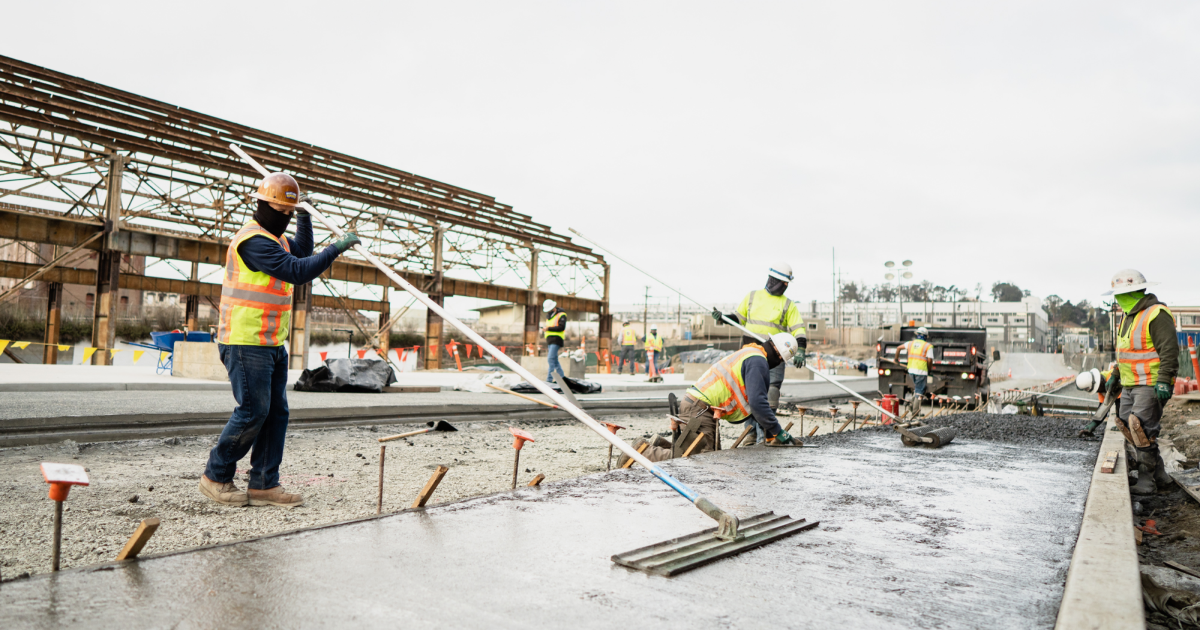
Productivity is the lifeblood of every construction company.
Maybe your crew is already pretty productive, but you’re looking for ways they can ramp up and do even more amazing work.
Maybe your crew is struggling with low productivity, and you’re looking for ways to help them improve.
The funny thing about productivity is that many things can make it go down, but only one thing can make it go up permanently: training. You can increase productivity rapidly by giving your crew, your leaders, and yourself three types of training.
01Task-specific training
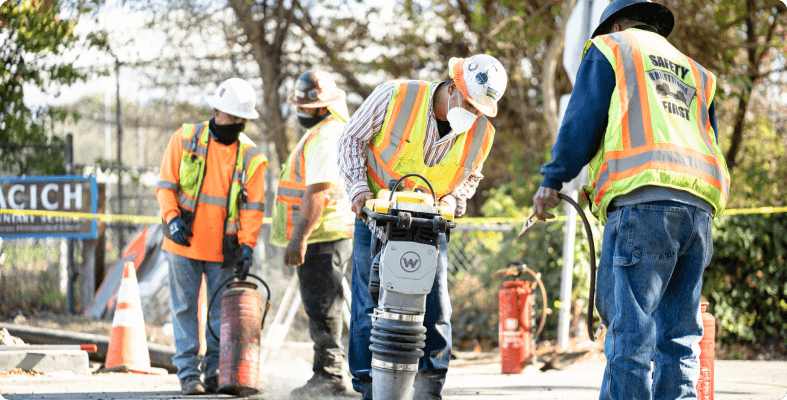
One of the coolest things about the Dirt World is that it’s so precise. Everything has to be right to complete the project with maximum safety and efficiency. Your crew needs very sharp skills to do their work well.
For example, laborers have to know how to give proper hand signals to operators, so they don’t endanger themselves or others. Grade checkers have to be highly accurate because being off by one degree at the start could put them way off course by the end of the job.
Task-specific training teaches your crew members how to do their jobs well. It teaches laborers how to read tape measures, grade checkers how to stay on course, operators how to avoid breakdowns, and so on.
Armed with task-specific knowledge, crew members can do their jobs faster and safer. They’ll also make fewer costly mistakes—meaning less rework, less stress, and fewer expenses.
What to look for in task-specific training
A good training program should help you:
- Teach people in different roles. Not everybody needs the same training. It pays to have a program that offers training for specific roles so pipelayers don’t have to sit through operator training and vice versa.
- Train in the field and the classroom. Sometimes your crew needs immediate, hands-on practice in the field. Other times, you need to gather them to learn and bond without distractions. You need both to create a really strong crew.
- Educate novices and experienced employees. You want to get new hires up to speed quickly (without overwhelming them) and help experienced workers grow in their careers (without insulting their intelligence).
- Train anywhere, any time. It’s important to have training content your team can access during downtime on the job to stay productive.
Example of task-specific training
Wally is having problems with machine downtime because his operators don’t know maintenance basics or how to spot potential problems. All that downtime is hurting productivity and stunting the business.
Wally buys training software to teach his operators how to do machine walkarounds and when to report maintenance issues. The operators attend weekly, one-hour classroom sessions. They also watch brief training videos while they’re on the jobsite with their machines, so they can apply what they learn right away.
After the training, Wally’s operators put in regular maintenance requests for their machines. They drastically cut their downtime, and Wally hasn’t had to pay for any repairs due to an unnecessary, avoidable breakdown. Now that productivity is up, the crew can get the job done faster and free Wally up to bid on more jobs.
See how training operators on two simple things can improve your productivity and finances? It helps reduce downtime and saves thousands of dollars. Now imagine doing that across the company. That’s what task-specific training does. It multiplies your crew’s efficiency.
02Leadership training
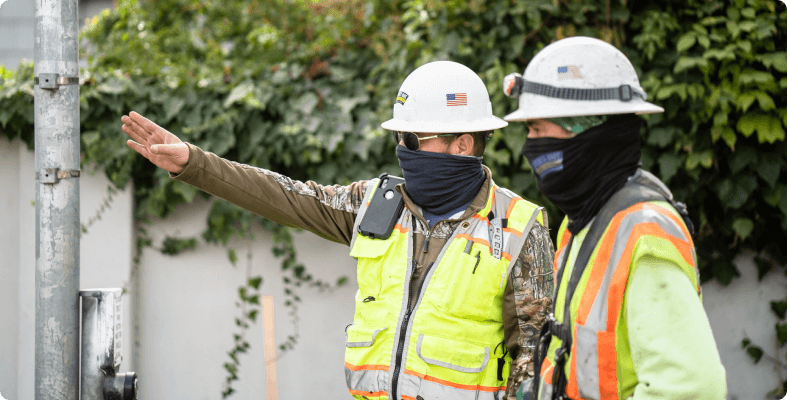
Good leadership keeps people organized and productive. And just like crew members, leaders need certain skills to succeed in their roles. They have to learn how to:
- Communicate effectively
- Take extreme ownership
- Mentor, motivate, and develop their crews
- Collaborate with trade partners and front office staff
- Keep projects on time and on budget
- Set up jobsites that meet the crew’s needs
Some natural-born leaders just need to hone those skills through training. For others, stepping into leadership takes them way outside their comfort zone; they need training from the ground up to succeed at these tasks.
What to look for in leadership training
Not all leadership training is created equal. Some of it’s just a bunch of generic buzzwords, but some of it is truly powerful. Good leadership training does the following:
- Lines up with your core values. Leaders steer your company and help you hold true to your mission. Their training must align with your core values and strengthen their belief in and understanding of those principles.
- Is accessible anytime, anywhere. As with task-specific training, leadership training needs to happen both in the field and the classroom. The content must be at your leaders’ fingertips so they can get what they need when they need it.
- Benefits everyone, regardless of experience or their role in the company. The principles that make great leaders also make great workers. Find training that you can share with all levels of leadership, as well as crew members. (Then you’ll have a ready-made pool of future leaders to pull from!)
Example of leadership training
Tino is a foreman who’s having trouble with his crew. They don’t respect him, and most of them have bad attitudes. They’re unhappy and unmotivated. Tino hates yelling, but that’s the only time they listen to him.
Then, upper management puts him through a leadership course that teaches skills like how to communicate, become an approachable leader, and mentor a crew.
Tino starts practicing those principles, and he sees a big difference in how his crew acts around him. They listen when he delegates tasks and engage in his toolbox talks. His relationship with them improves.
However, some crew members still make careless mistakes and don’t get along. Tino asks management to put his crew through some of the same training he did. Management is unsure at first—after all, crew members aren’t leaders—but they agree.
The whole crew trains on communication, responsibility, and the company mission. Soon, they stop blaming each other and start owning issues on the jobsite. They make fewer mistakes. And because they believe in the “why” behind what they do, they come to work highly motivated.
Teaching people how to lead well raises productivity for the whole team. Workers respect good leaders and want to do a good job for them. They also feel comfortable discussing potential roadblocks to productivity, like safety hazards, processes that aren't working, or personal problems that affect their performance.
Even better, good leadership training gives people skills they can take home from the jobsite. So it does more than just improve productivity. It improves lives.
03Personal development
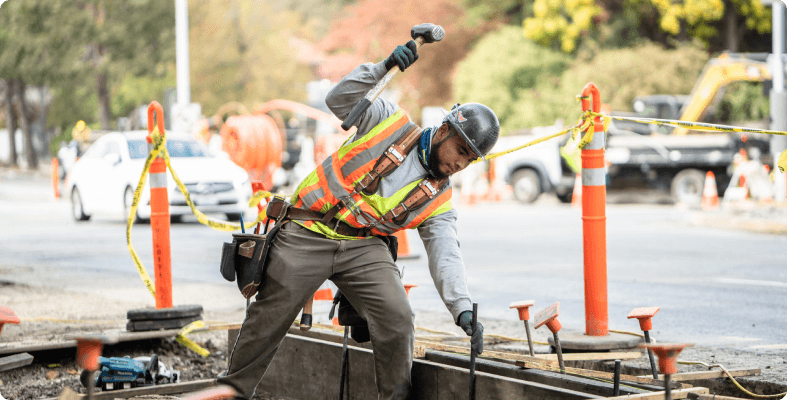
The best way to get your crew and leadership team onboard with training is to do it yourself. Here at BuildWitt, we call it “eating the dog food.” Meaning you must become willing to do the same thing that you’re asking everyone else to do.
Lead by example.
If you want other people to perform well on the jobsite, be disciplined in your work. If you want leaders to communicate well, become the best communicator in the company. If you want everybody to take training seriously, get in the classroom with them.
What to look for in personal development
Leadership training is always a great place to start as a business owner. It’s also wise to go through task-specific training so you can understand your crew’s roles and needs. Finally, personal and professional growth is important for you as well.
You can’t start growing until you admit where you need to grow. Think it over, and answer these five questions humbly and honestly:
- In what areas do you expect a lot from your crew but less from yourself?
- In what areas would you like to do better professionally or personally?
- Are you doing anything that’s holding your business back from being productive?
- What can you do to improve in those areas?
- How do you want your improvements to impact your crew? Your company?
Once you choose the first one to three things you want to work on, you can start looking for training courses that fit those needs. Remember, the better you are at your job, the better you can help your crew become at theirs.
Examples of personal development
We’ve often talked with our friend Jason Schroeder, owner of Elevate Construction, about how to grow as a leader. Here are some things he recommends:
- Create a personal organization system
- Have a growth mindset that values learning over being right
- Have a rich mindset that looks for ways to add value
- Follow the four laws of lean production
- Be in your schedule every day
- Stay informed about the job, people, and business
- Talk to people on the jobsite to learn how you can help meet their needs
You’ll know your personal development strategies are working when you start seeing that you’re more organized, more aware of what’s going on in the company, and more positive. You should also start seeing your relationships and decision-making abilities improve.
Just remember two things. One, self-improvement takes time, so give yourself grace. And two, you don’t have to do it alone. Be honest with people in your company who you trust, and ask them to help hold you accountable.
Getting started with training
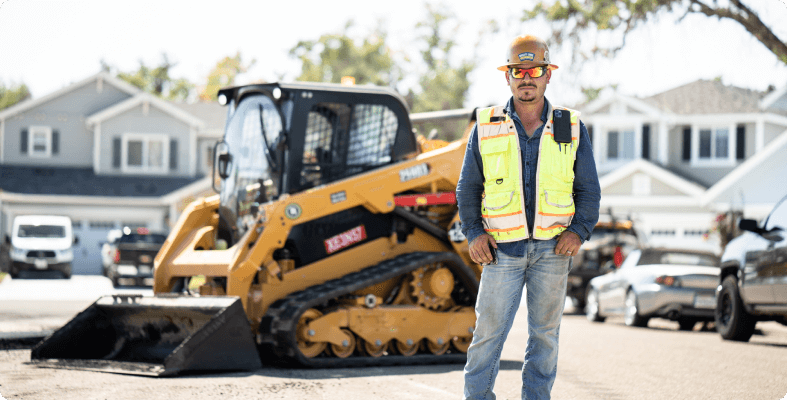
Lots of training programs out there can help you rapidly improve productivity in your company. Our personal favorite? BuildWitt Training.
We created BuildWitt Training to offer the task-specific and leadership courses you need to help your crew, your leaders, and yourself become more productive. This simple-to-use software helps you train faster and better, so you can get results quickly.
Learn how BuildWitt can help speed up your training.














